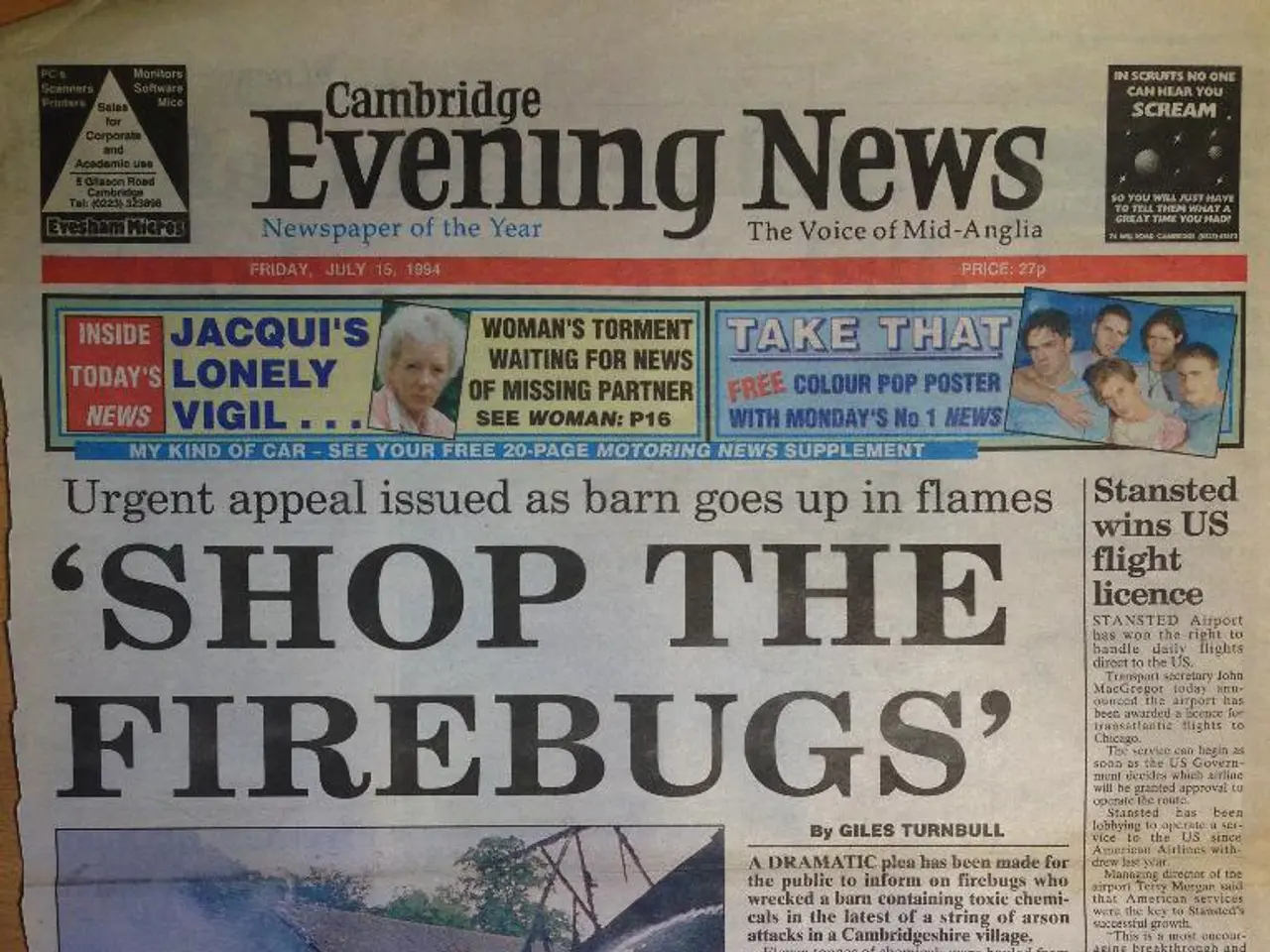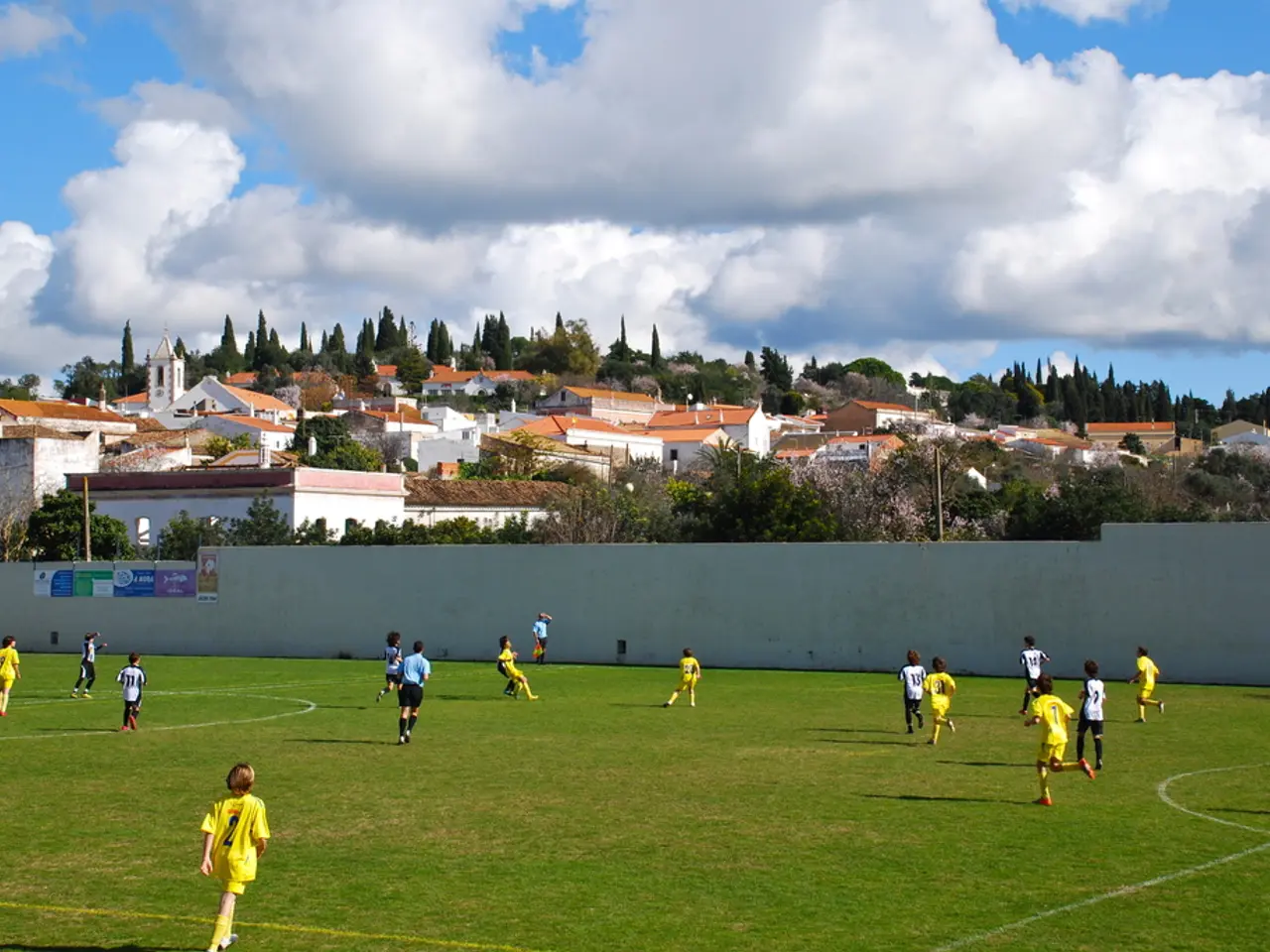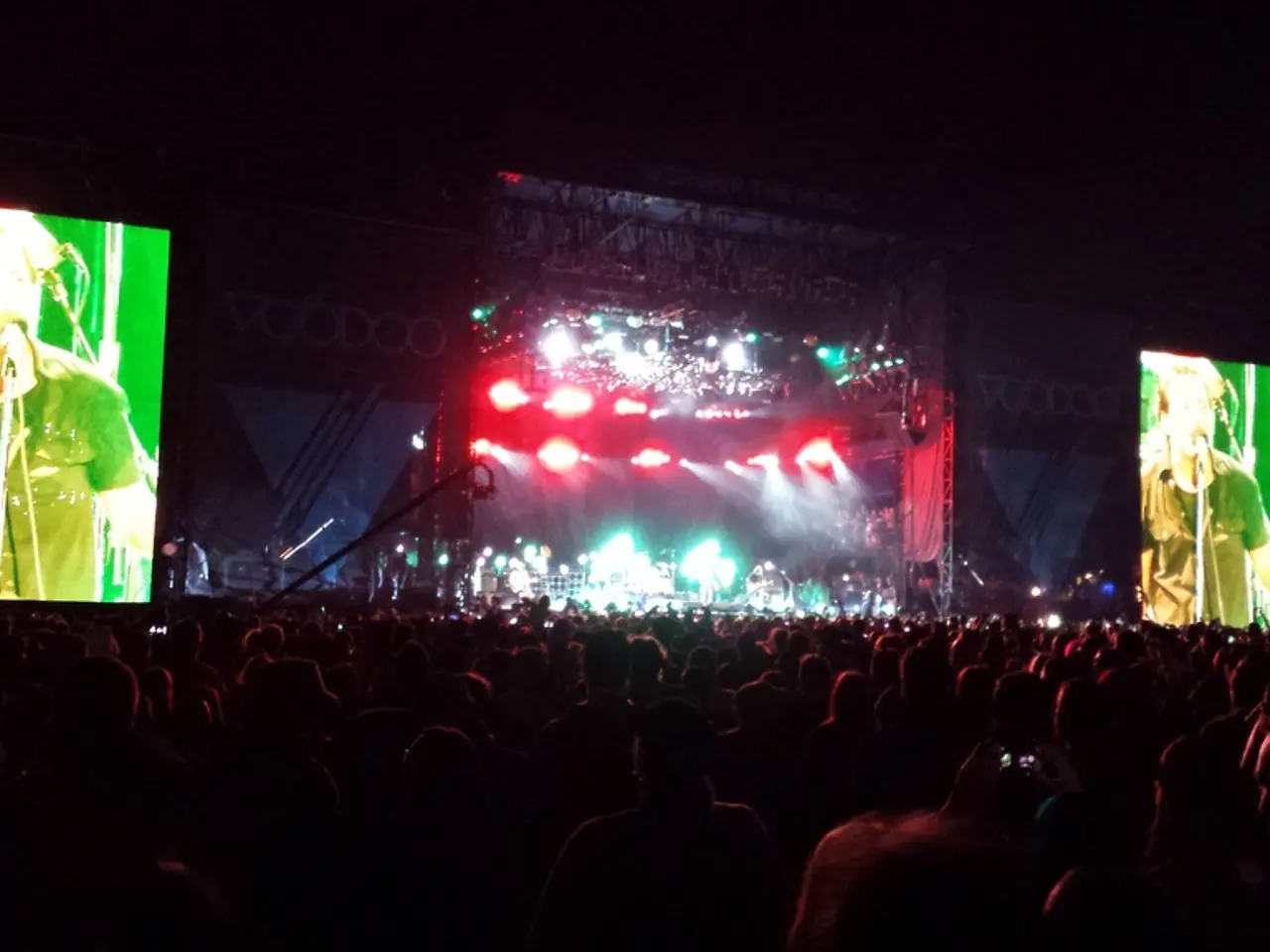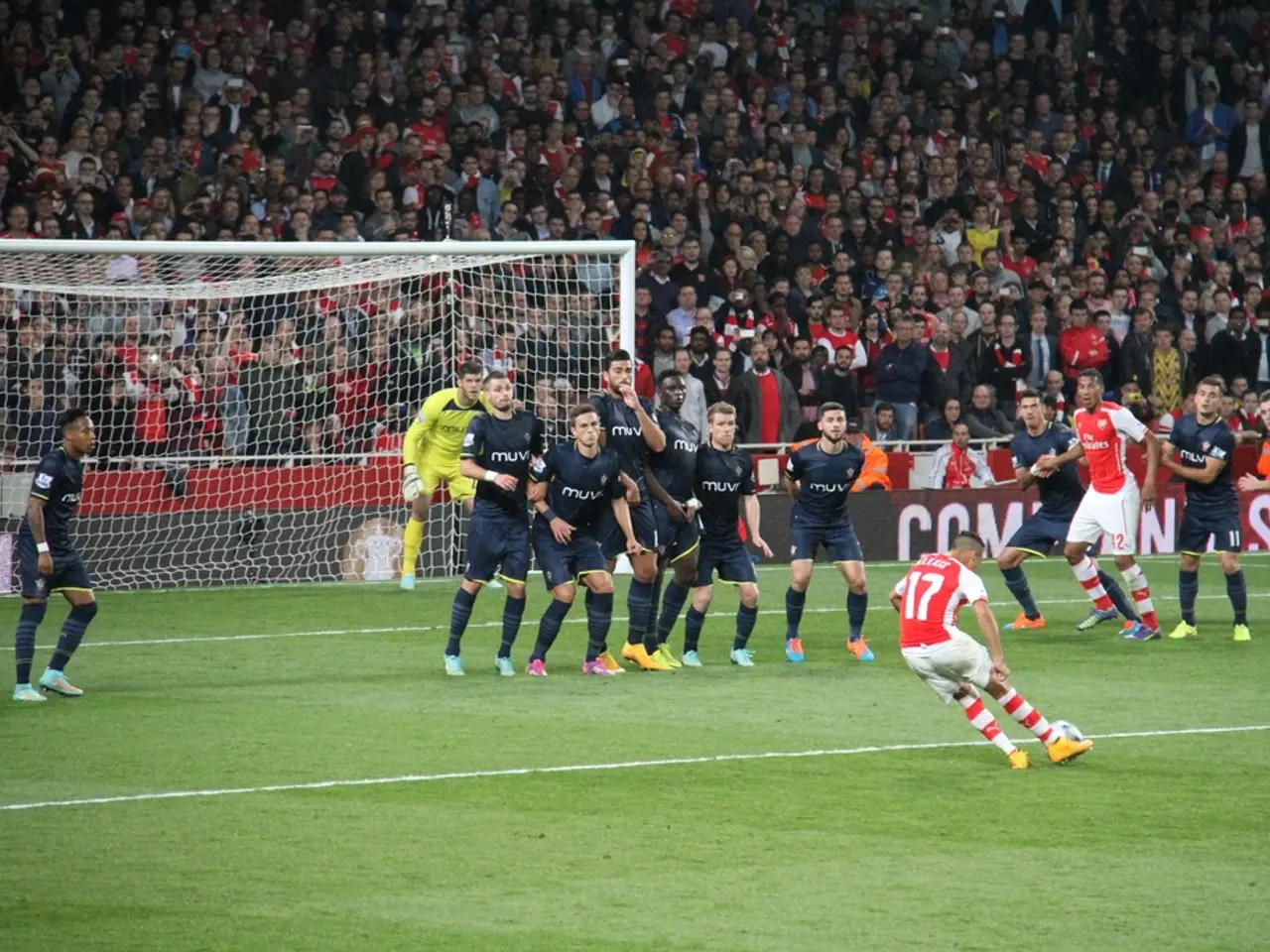Unraveling the Unscientific Basis of The New York Times Best Sellers Ranking
In the world of literature, the New York Times Best Sellers list is a prestigious honour that many authors aspire to achieve. But what exactly goes into determining these rankings, and who has made a significant impact on the list in recent years?
The New York Times Best Sellers lists are compiled by surveying a confidential sample of booksellers and wholesalers, using this data to create weekly rankings. The exact methodology behind this process is a closely guarded secret, but it's clear that the lists act more as relative rankings of popularity rather than a strict count of exact sales numbers.
In 2021, only five of the 15 debut novels on the New York Times Hardcover Fiction list were written by noncelebrity authors, highlighting the challenge faced by new authors in breaking through in a competitive market. Interestingly, none of these debut novels were endorsed by celebrity book clubs like Oprah's Book Club or the Good Morning America Book Club.
One author who managed to make a significant impact on the best-seller lists was Wayne Dyer, who bought 4,500 copies of his book "Your Erroneous Zones," virtually the entire first printing. Similarly, Jacqueline Susann's "Valley of the Dolls" received a major boost when the author's husband bought up books at 125 bookstores to get on the New York Times Best-Seller list, a practice that the New York Times does not take lightly. Books with evident bulk purchases are denoted with a dagger (†) to ensure transparency.
Some books have had an impressive run on the New York Times Best-Seller list. For instance, "Harry Potter and the Sorcerer's Stone" has clocked in at 743 weeks, while "Wonder" by R.J. Palacio had a 401-week run on the middle grade list. The longest-running best seller as of July 2, 2023, is Jeff Kinney's "Diary of a Wimpy Kid," with 744 appearances.
Other notable entries on the list include "Harry Potter and the Deathly Hallows," which holds the title of the fastest-selling book overall, according to Guinness World Records. The fourth book in the Bridgerton romance novel series, "Romancing Mister Bridgerton," had a strong showing on the best-seller lists after the popular series on Netflix was released in 2020.
Toni Morrison's searing debut novel, "The Bluest Eye," made the list when it was originally published in 1970 and resurfaced on the Paperback Trade Fiction list in 2020 and again in 2021. More recently, Prince Harry's "Spare" ousted President Barack Obama's "A Promised Land" as the fastest-selling nonfiction book.
In conclusion, the New York Times Best Sellers list is a valuable tool for measuring the popularity of books, although it is important to note that the methodology behind the list remains a closely guarded secret. Despite this, it's clear that many notable books have made an impact on the list, from classic works like "Harry Potter" to contemporary bestsellers like "Wonder" and "Diary of a Wimpy Kid."
Books like "Harry Potter and the Sorcerer's Stone" and "Diary of a Wimpy Kid" have shown an impressive resistance on the New York Times Best-Seller list, with run times of 743 and 744 weeks respectively. Entertaining reads have consistently made significant impacts on the list, as evidenced by the popularity of series such as "Harry Potter" and the Bridgerton romance novels.






